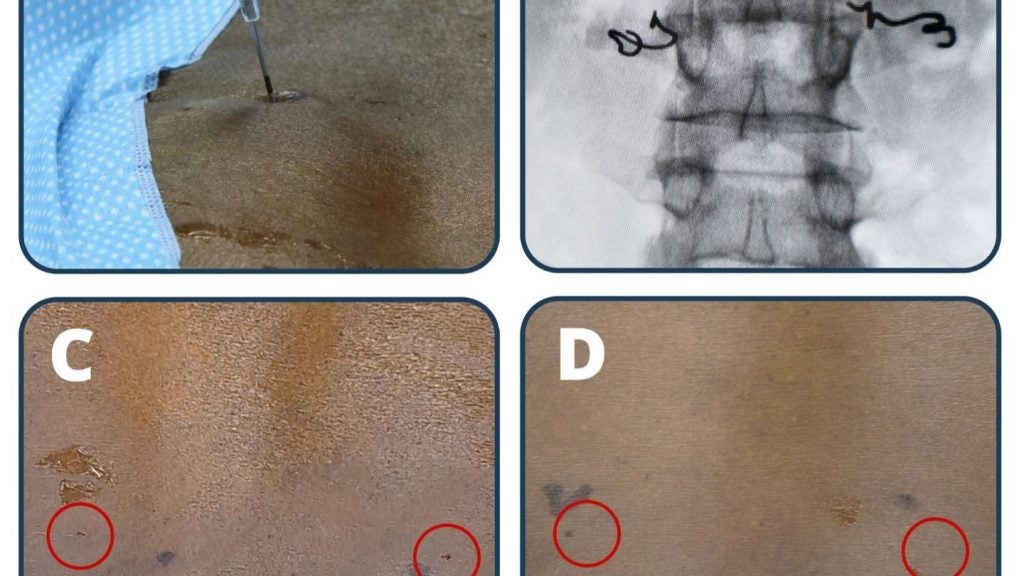
An international team of scientists has developed a bio-compatible elastic material composite that can conduct electricity, which could eventually be used to diagnose and treat long-term neurological disorders.
Their paper, ‘High-Density Stretchable Electrode Grids for Chronic Neural Recording’, published in Advanced Materials, describes a ‘soft, high-density, stretchable electrode grid’ that, when applied to the surface of the cortex of rats, can collect neural signals for three months following implantation. The work was completed by scientists from the laboratory of organ electronics at Linköping University, ETH Zürich, Columbia University and New York University.
“When the neurons in the brain transmit signals, a voltage is formed that the electrodes detect and transmit onwards through a tiny amplifier,” said Klas Tybrandt, leader of the soft electronics group at the laboratory of organic electronics.
“We can also see which electrodes the signals came from, which means that we can estimate the location in the brain where the signals originated.
“This type of spatiotemporal information is important for future applications. We hope to be able to see, for example, where the signal that causes an epileptic seizure starts, a prerequisite for treating it.”
The team identified neurological disorders such as Parkinson’s disease as ones that could be treated through electrical stimulation, and was clear that artificial composites could be more effective than natural body parts for the treatment.
How well do you really know your competitors?
Access the most comprehensive Company Profiles on the market, powered by GlobalData. Save hours of research. Gain competitive edge.

Thank you!
Your download email will arrive shortly
Not ready to buy yet? Download a free sample
We are confident about the unique quality of our Company Profiles. However, we want you to make the most beneficial decision for your business, so we offer a free sample that you can download by submitting the below form
By GlobalData“As human tissue is elastic and mobile, damage and inflammation arise at the interface with rigid electronic components,” said Klas Tybrandt, leader of the soft electronics group at the laboratory of organic electronics. “It not only causes damage to tissue; it also attenuates neural signals.”
The conductive composite consists of gold-coated titanium dioxide nanowires embedded into silicone rubber; it is as soft as human tissue and can be stretched up to twice its length. The flexible nature of the composite means that surgical implantation is relatively non-invasive.
“However, current and emerging therapies would benefit from the use of closed feedback systems, in which recorded signals are used to control the stimulation for optimal effect,” says the report. “This approach requires the establishment of a well-integrated, long-term stable, electronic–neural interface to pick up weak neural signals.”




